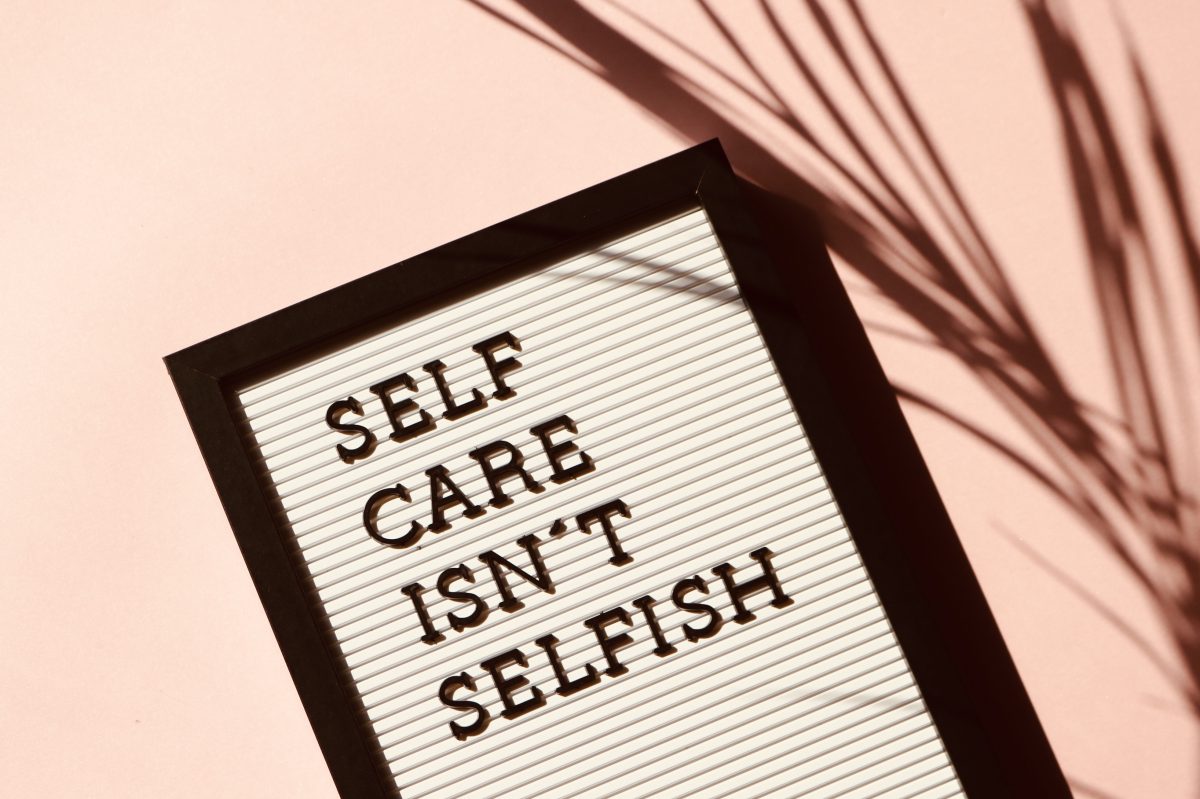Mental wellbeing in the workplace should be a priority for all businesses all year round, not just during Mental Health Awareness Month.
When you show employees that you really do value their mental wellbeing in the workplace, they’re going to be more loyal. They may then refer candidates when you’re hiring, which is one of the best ways to bring in new employees. They’ll also stick around for longer, and be able to deliver better work.
But how can you support mental wellbeing in the workplace? We’ve listed out seven simple ways below to get you started.
Prioritize health
It’s all too common for employees to push themselves to the point of burnout to achieve a deadline. If they regularly feel the need to do this at your company, it’s a sign of a toxic work culture.
Chances are, employees feel like they have to follow the example set by the higher-ups, meaning they feel pressured to achieve tight (maybe almost impossible) deadlines.
This doesn’t have to be the case, though.
You don’t have to push employees to the point of burnout to achieve deadlines. You can prioritize their health and still get things done. It’s about pushing back when clients or colleagues demand tight schedules that you know are unsustainable.
If you explain that the deadline is impossible and mental wellbeing in the workplace is important, people will be impressed by your integrity and how much you stand up for your employees. It will earn you a lot of points inside, and outside, of your business.
Make space for quiet
Most open-plan offices are so noisy it can be difficult to concentrate, especially if someone is sensitive to noise because of ADHD, autism, fibromyalgia, or another condition. It can be hard to block out the noise, but not everyone works well with, or likes to work wearing, headphones.
Having somewhere quiet to work can really help employees concentrate.
This applies to working from home, too, because constant Slack or Teams notifications can distract employees from deep work. This is especially true if they feel like they have to respond right away every time they get a message.
It’s important to foster a culture where employees don’t feel the need to be so reactive. Reactivity can be bad for anxiety, depression, and other mental health conditions, all of which can affect mental wellbeing in the workplace.
Be flexible
Working from home and flexible working are two of the biggest trends to come out of the pandemic.
Yet many businesses are now demanding employees come back, claiming it makes them more collaborative. Without any basis to that other than managers’ preferences.
76% of American homemakers would return to work if they could work from home, and 74% would if a job had flexible hours.
97% of homemakers are women, all of whom have skills, knowledge, and backgrounds that your competitors are missing out on. And which could help to differentiate your business both when hiring and creating products.
So, which is more important? Someone sitting in a chair right next to you, or innovating to stand out from your competition?
Trust your employees
It’s actually a little baffling how few businesses trust their employees. Even in local government.
A UK cabinet officer recently left notes saying, “Sorry you were out when I visited. I look forward to seeing you in the office very soon,” on the desks of employees who weren’t in the office.
Obviously, some more old-fashioned managers and businesses dislike employees working from home.
But to say that it makes people less productive and that they can’t be trusted feels more like forcing beliefs on them when the studies say otherwise.
Employees are more productive when working from home, and if you can’t trust them…well, that’s a very different issue, isn’t it?
Remember that everyone is different
Just because one solution worked for someone with autism, that doesn’t mean it’ll work for another autistic person. The same goes for employees with anxiety, migraines, or any other health condition that can impact their work.
Everyone’s health conditions are different.
Take fibromyalgia, which I have—there are over 200 symptoms. Not everyone experiences the same ones, or feels them to the same severity. That means the solutions that work for me probably won’t work for someone else.
So, instead of telling employees what you’re going to do to “help” them, ask them what they need. It’ll show them that you really are prioritizing mental wellbeing in the workplace, not just treating the conversation with them—and their role in the business—as a box-ticking exercise.
Cultivate a diverse workforce
Diverse workforces are happier and more productive. They’re also better at problem solving and making bigger strides towards environmental goals.
So, having a diverse workforce can go a long way towards supporting mental wellbeing in the workplace. Employees will feel more able to find colleagues they’re comfortable talking to, even if they don’t see those people on a daily basis.
If you have ERGs within your business, they may find colleagues in there that they can talk to as well.
The more diverse your workforce is, the more likely it will be for people to have someone who understands them and can help and support them in whatever way they need.
Train new habits
Old habits only change when it’s explained to people how and why they’re bad, then they’re presented with a solution or new way of thinking. This mindset shift still takes time to happen, though.
Consider those who still prefer employees to be in the office over working remotely—most will only change that opinion when they see that it doesn’t impact employees’ ability to perform in their roles outside of a pandemic.
However, not everyone will be open to changing their way of thinking. While mindsets can change, the more fixed someone’s mindset is, the harder it will be for them to even consider an alternative view.
Cultural change can only happen if employees are encouraged to have a growth mindset and be curious. It also helps when mistakes are treated as a learning experience, not something that could get them reprimanded.
The more rigid the workplace culture is, the harder it will be to drive any sort of change. This closed-mindedness can have a serious negative impact on mental wellbeing in the workplace.
Conclusion
You don’t have to make gigantic changes to support mental wellbeing in the workplace. Sometimes it’s as simple as being flexible.
Of course, some of these changes do take longer, like encouraging new habits and getting rid of toxic mentalities. But given the benefits to employees in the short- and long-term, isn’t it worth it?
If you want to show your team members that mental wellbeing in the workplace is a priority for you, take a look at Workrowd. Our all-in-one culture and engagement platform helps you manage initiatives like ERGs and wellness programs, while providing employees opportunities to build real connections. Plus, you’ll get real-time analytics to easily track how your efforts are impacting mental wellbeing in the workplace. Drop us a note at hello@workrowd.com to learn more.












